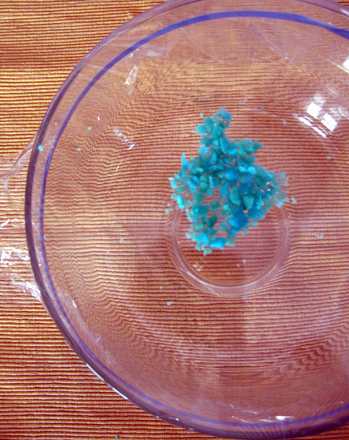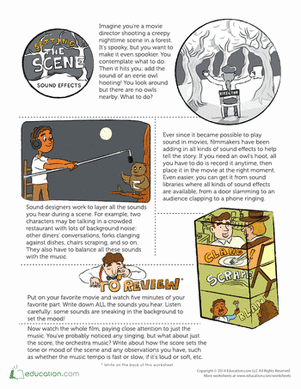Science project
A Distant Sound
Grade Level: 9th - 12th; Type: Physical Science
Objective:
The project is about finding a mathematical relationship between the intensity of a sound wave and distance from the sound source.
The goal is to have the student formulate a hypothesis about the relationship between sound intensity and source, and then test the hypothesis by making sound intensity measurements at different distances from the source.
Research Questions:
- How do sound waves propagate in air?
- How does sound wave intensity depend on distance from the sound source?
Whenever an object vibrates in the air, it emits sound waves. As the sound waves travel through air, they transport the energy produced by the vibrating object. The amount of energy that is transported past a given area per unit time is known as the intensity.
As a sound waves travels through air, its intensity decreases. This is because the energy of the wave is distributed over a larger area. Since total energy must be conserved, the energy per unit area must decrease.
The scale that is used to express intensity is based on powers of 10. Known as the decibel scale, it assigns a level of 0 decibels to a sound intensity of 1x10-12 W/m2. A sound that is 10 times more intense is assigned a value of 10 dB, and a sound 100 times as intense is given a value of 20 dB. This means that if a sound is 10x times more intense than another sound, it has a decibel reading that is 10x higher than the less intense sound.
Materials:
- Sound level meter
- Pedometer
Materials can be found on the Internet.
Experimental Procedure:
- Read about sound wave propagation in air.
- Formulate a hypothesis to predict how sound wave intensity decreases with distance from a sound source.
- Identify a fixed sound source.
- Using a pedometer, measure and record your distance from this source.
- Using a sound level meter, measure and record the intensity of the sound in decibels.
- Repeat these measurements at other distances from the sound source.
The measurement locations should fall in a straight line.
- Express the distances as relative values with reference to the closest distance to the sound source.
- Convert the sound intensities in decibels to units of W/m2. Then express the intensities as relative values with reference to the intensity closest to the sound source.
- Tabulate the relative sound intensities versus relative distance.
- Plot the relative sound intensity versus distance.
- Repeat these steps for several other sound sources.
- Evaluate and if necessary revise your hypothesis. Perform additional measurements as needed to check the hypothesis.
|
|
Distance (ft) |
Relative distance |
I (decibels) |
I (W/m2) |
Relative intensity |
|
Source 1 |
|
|
|
|
|
|
|
|
|
|
|
|
|
|
|
|
|
|
|
|
|
|
|
|
|
|
|
|
|
|
|
|
|
|
Source 2 |
|
|
|
|
|
|
|
|
|
|
|
|
|
|
|
|
|
|
|
|
|
|
|
|
|
|
|
|
|
|
|
|
Terms/Concepts: Sound waves; Vibration; Air; Decibel
References:
Education.com provides the Science Fair Project Ideas for informational purposes only. Education.com does not make any guarantee or representation regarding the Science Fair Project Ideas and is not responsible or liable for any loss or damage, directly or indirectly, caused by your use of such information. By accessing the Science Fair Project Ideas, you waive and renounce any claims against Education.com that arise thereof. In addition, your access to Education.com's website and Science Fair Project Ideas is covered by Education.com's Privacy Policy and site Terms of Use, which include limitations on Education.com's liability.
Warning is hereby given that not all Project Ideas are appropriate for all individuals or in all circumstances. Implementation of any Science Project Idea should be undertaken only in appropriate settings and with appropriate parental or other supervision. Reading and following the safety precautions of all materials used in a project is the sole responsibility of each individual. For further information, consult your state's handbook of Science Safety.












